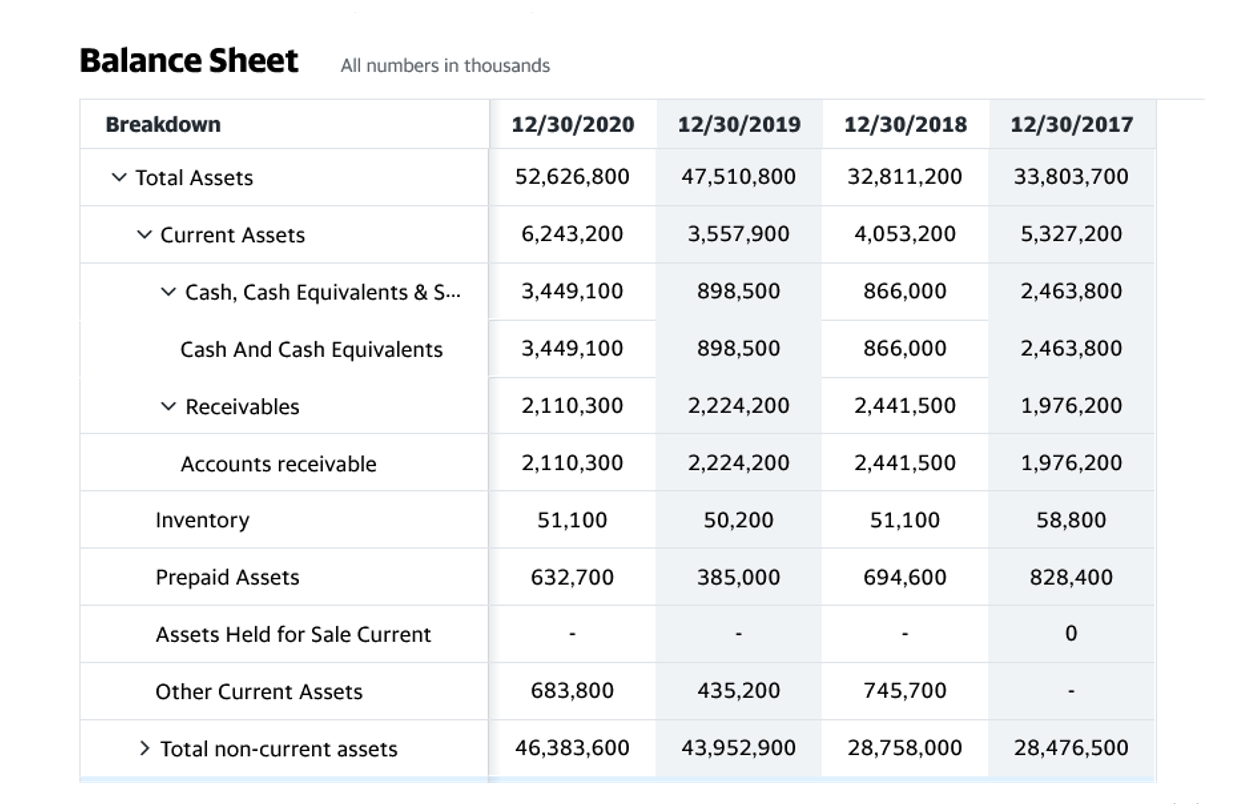
Each member of the supply chain adds costs to the product, from production, handling, and transportation to storage and marketing. As a product moves through the supply chain, these costs accumulate, and each member, except the consumer, adds a markup to cover their costs and earn a profit. The cumulative effect of these markups contributes to the final price paid by the consumer. In contrast to this a cash discount or early settlement discount is given after the exchange with the customer, and therefore is entered into the accounting records. These are discounts offered to customers who trade their old products for new ones. For example, a car dealer may offer a $2,000 discount to a customer who trades in their old car for a new one.
What is Trade Discount (Definition & Example)? Trade vs Cash discounts
Mr. Y allowed a 10% discount to Mr.X on the list price for purchasing goods in bulk quantity. Further, a discount of $500 was allowed to him for making an immediate payment. Let us understand the key differences between trade discount rates and cash discounts through the head-to-head comparison below. A single trade discount involves only one discount percentage being applied to the list price of a product. The amount of trade discount, denoted as ‘A’, is calculated by multiplying the discount rate, represented by ‘d’, by the list price, denoted as ‘L’. To calculate the trade discount, you need to know the list price of the product or service and the percentage discount offered.

Reasons for a Seller to Give a Trade Discount:

It is given as a deduction https://www.instagram.com/bookstime_inc in the list price or retail price of the quantity sold. This discount is usually allowed by the sellers to attract more customers and receive the order in bulk. As can be seen trade discounts are simply used to calculate the net price for the customer. As trade discounts are deducted before any exchange takes place, it does not form part of the accounting transaction, and is not entered into the accounting records of the business. Suppose a supplier offers a 10% trade discount on a product with a list price of $100. The trade discount would be $10 (10% of $100), which means the customer would pay $90 for the product.
- These factors include the volume of goods traded, the terms of the discount agreement, and the retrospective nature of the deal.
- In our articles referenced above regarding cash discounts, this is quite different when dealing with invoices already issued or received and the value changing a current economic asset or obligation.
- In this chapter, we will explore the fundamental mathematical concepts essential to successful merchandising.
- For example, when goods with list prices totaling $1,000 are sold to a wholesaler that is entitled to a 27% trade discount, both the seller and the buyer will record the transaction at $730.
- The art of pricing, through markup and markdown strategies, will be our next focus, uncovering how businesses balance profitability with market competitiveness.
- Such a discount takes place when the cost of goods or services is reduced at the time of purchase of large quantities of goods, providing benefits to those who shop in bulk.
- The total accounts receivable worth 1,000,000 will be credited as total assets (receivables) are being reduced.
Accounting for a Trade Discount
- By offering a trade discount, the manufacturer or wholesaler encourages the retailer to stock and promote their product, ensuring greater market visibility and product turnover.
- These conditions could include volume discounts across all products, rebates on specific product ranges, or discounts dependent on purchases of another product range.
- Similarly, a wholesaler can sometimes also be a retailer, as is the case with Costco.
- Suppose a supplier offers a 10% trade discount on a product with a list price of $100.
- The trade discount is applied to the list price, not the discounted price, and factors such as quantity, timing, and conditions of the purchase may influence the discount.
One reseller orders 500 green widgets, for which ABC grants a 30% trade discount. Thus, the total retail price of $1,000 is reduced to $700, which is the amount that ABC bills to the reseller. A manufacturer may attempt to establish its own distribution channel, such as a company website, so that it can avoid the trade discount and charge the full retail price directly to customers. These extra complexities and costs may even result in the overall profits of the manufacturer declining. In simple words, a Trade discount is a discount that is https://www.bookstime.com/articles/accounting-for-plumbers referred to as a discount given by the seller to the buyer at the time of purchase of goods.

What is your current financial priority?
This means the buyer would receive a discount of $150 on the product, resulting in a final price of $850 ($1,000 – $150). Sometimes, we may know the discount amount and need to find the original list price or the discount rate. In these instances, we can adjust Formula 7.1a to isolate and solve for the unknown variable.
- For instance, a manufacturer might also act as a retailer, selling directly to consumers, Apple is a notable example of this.
- However, a cash discount is also a tool used to achieve the organization’s objectives.
- A trade discount is different than a sales discount because a trade discount does not have the same restrictions as a purchase discount.
- The trade discount may be stated as a specific dollar reduction from the retail price, or it may be a percentage discount.
- As a result, customers can reduce their overall costs and increase their profitability by purchasing in bulk or at specific times.
- Now that we understand the fundamentals of the concept, let us understand how to use a trade discount calculator with the help of a couple of examples as discussed below.
Conclusion: Navigating the Business Landscape

The more goods purchased, the bigger the percentage of the price break; therefore, larger orders result in greater financial savings for those making wholesale purchases. Such a discount takes place when the cost of goods or services is reduced at the time of purchase of large quantities of goods, providing benefits to those who shop in bulk. Businesses offer trade discounts to not only reduce their inventory costs but also motivate customers to make more purchases. A cash discount, on the other hand, trade discount example is calculated on the invoice price of the items.
Final Thought

The seller would not log the trade discount in its accounting records but only record revenue corresponding to the amount invoiced for the customer. Once an agreement has been reached, the customer will see what is known as a published price or catalog price. After applying the agreed-upon percentage, the reduced final amount is referred to as a discounted price and this is what customers end up paying for their order. The short answer, if one is busy, is there is no journal entry to record.
